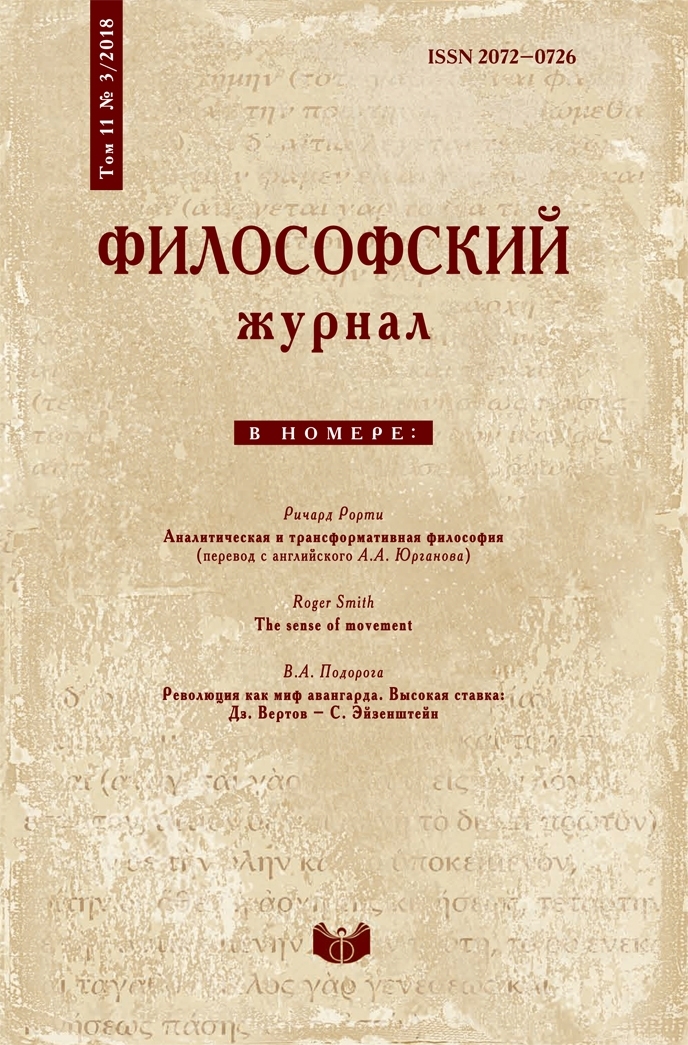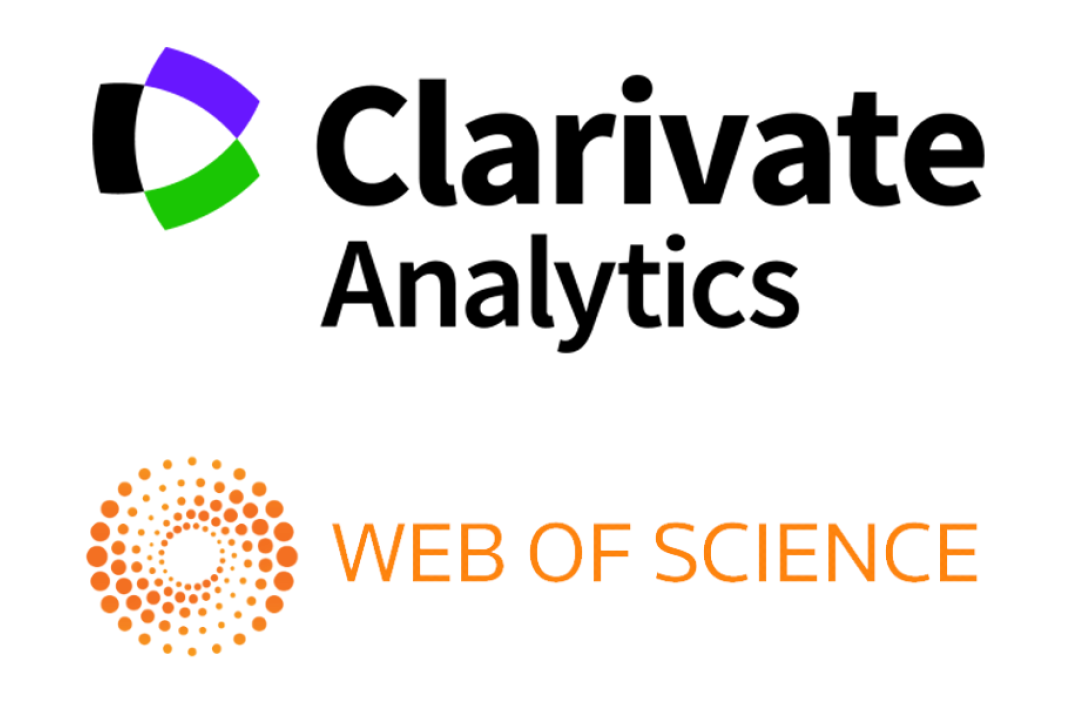Doctrine of the infinite in Jewish mysticism
DOI:
https://doi.org/10.21146/2072-0726-2018-11-3-71-87Keywords:
Jewish mysticism, Kabbalah, Jewish philosophy, Judaism, Absolute, apophaticism, divine attributesAbstract
The present paper discusses one of the central concepts in medieval Jewish mysticism: the Infinite (Ein Sof), or the hidden and absolutely incomprehensible God. This important mystical intuition is present in most Kabbalistic texts. It was of paramount importance both for Kabbalistic cosmogony and epistemology, which is based on the notion that the knowledge of God is only possible with respect to creation. God in itself, as a transcendent absolute entity, is inaccessible not only to speculative perception, but even to ecstatic experience. The Kabbalists, therefore, sought to reconcile the concepts of the First Beginning inherent in medieval Aristotelianism and Neoplatonism, with the specific esoteric practices of ascending to the divine Primordial Source and achieving the fulfilment of the prophecies that existed in Judaism from at least the beginning of the first millennium AD. Kabbalists of the 13th–17th centuries put forward various ways of understanding the nature of Ein Sof, from impersonally agnostic to personalistic theistic. In this article, their main interpretations will be brought under scrutiny. Until now, this problem has not been raised by Russian scholars. At the same time, not only is it of fundamental importance for the history of Jewish thinking, but it is no less essential for the understanding of certain episodes in the history of European and Russian philosophy: it was the concept of Ein Sof that interested many European thinkers and came to be adapted to their own philosophical systems.






